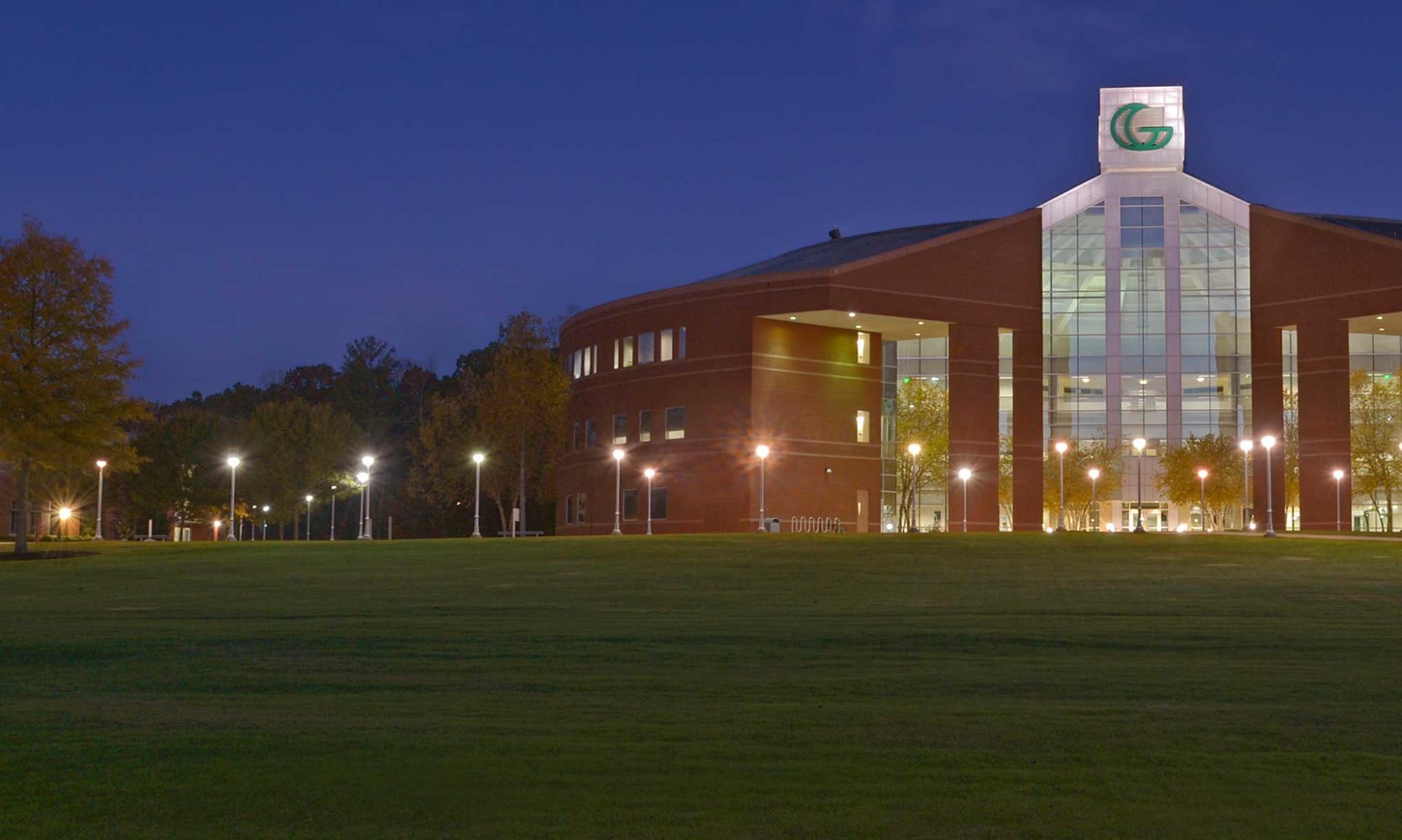Reanna Berry: Kaltura Videos (08/24/20)
Summary: I began using pre-recorded videos for my classes during the pandemic. I used the Kaltura system to create these videos because it is already integrated with D2L. These videos allow students to hear lectures and see practice problems worked step-by-step, on demand 24/7. There are many pedagogical philosophies regarding online teaching which have validity, but for me, I strive to deliver content in the video in the same way that I would during live class. Therefore, I utilize this philosophy: The medium of delivery has changed but the method of delivery should not.
Link to full article
Cindie Corey: Kaltura Videos (08/21/20)
Summary: The use of video for PHED online fitness classes is an essential tool for the student’s skill development. It enables me to demonstrate and explain exercises the same way I would in a face to face class. Proper form is not only graded in the classes but is also a necessity to prevent injury. Video helps the students see the correct way to perform an exercise. I also use it to show them incorrect form so they can see and understand the difference.
Link to full article (TBD)
Adrian Heinz: Video Production (12/07/20)
Summary: An overview of educational video development for GGC faculty, covering purpose, benefits and drawbacks, production, tools and resources as well as tips from using the videos in the classroom.
Steven Jones: Kaltura Videos (08/24/20)
Summary: When I teach online or in a hybrid course, my lectures are posted as videos. What might be different is that rather than one, long video, I make several shorter videos, usually 10-15 minutes each. I guess I get more traffic because my students are watching more videos because of the number of video lectures they are required to watch. I think they benefit student learning in several ways. First, because the video are shorter, they are more manageable for students and they can take breaks between topics. Hopefully, that leads to better retention of the material. Second, I show students how to use the table of contents and search features in Kaltura so that they know how to navigate within a video, particularly if they want to go back and review a specific concept.
Link to full article (TBD)
Jeanne McCarthy: D2L Discussions (07/25/20)
Summary: 17 Discussion Entries and Course Readings Annotated Bibliography Assignment. I have used a D2L Discussion forum with 17 separate topics in a half-semester long assignment that supports major writing assignments throughout the semester. It is graded pass/fail (full credit for submission) and asks students to create work cited entries and two-sentence annotations on assigned course videos and readings. Those individual entries are repurposed in the assigned essays, final research project, and in a final submission, a “Course Readings Annotated Bibliography,” which is assigned a letter grade. This low-stakes assignment is designed to develop student confidence with academic conventions and specifically MLA guidelines for recognizing genres of material, generating works cited entries, citing sources, properly introducing and punctuating quotations, making use of annotated bibliographies in preparation for writing essays, adding works cited lists to to the end of essays, and for the final research project. In terms of content, it also emphasizes the importance of identifying and fairly describing and summarizing another’s argument. The participation or engagement rate has been almost 100%.
Link to full article
Stephanie R. Peppas: Kaltura Videos (08/30/20)
Summary: I decided to use Kaltura as the main method of presenting instruction for my online courses, treating my classes as if we were in a regular classroom and “talking” to the students through my videos. Students seemed to do well with this approach and I was always in the background to answer questions. There were some issues with Kaltura: long loading times; difficult editing; broken links in imports. Would I use Kaltura again? Absolutely! I feel it is a good way for students to work at their own pace but under the supervision of an instructor. I, and my students, feel that the videos help nurture a personal relationship and make it easier for them to learn.
Digital Learning Community Newsletter: Nov 2019
Featuring:
Yvonne Hefner and Samantha Mrstik – Using Simulation in Preservice Teacher Preparation
David Kirschner – Sociology in My Video Games?
Tonya DeGeorge and Katherine Pinzon – Using Adobe Spark for Self-Reflection in ACCESS Math Classes
Stephanie Denny – Using D2L’s “Groups” Feature
Tobias Wilson-Bates – Using Group Podcasting for Research and Reflection in English Classes
Digital Learning Community Newsletter: May 2019
Featuring:
Rebecca Cooper – Building a Technology Toolkit for Pre-Service Teachers
Ellen Rafshoon – Using Adobe Spark for Short Films in History Courses
Margo Fryling – Online Tools for Concept Review: ITEC 1001
Specifications Grading Group (Mary Beth Anzovino, Derek Behmke, Amy Erickson, Edward Forringer, Thomas Gluick, Emily Henary, Angi Lively, Michael Morton, Karen Perell-Gerson, STanley Perrine, Fen Shuler, Mai Yin Tsoi, Omar Villanueva, MaryGeorge Whitney, Cnythia Woodbridge) – Harnessing Technology to Administer 5000+ Quizzes to GGC Students
Elgin Andrews – Using Adobe Spark for Student-Created Newsletters in Wellness and Nutrition
Digital Learning Community Newsletter: Nov 2018
Featuring:
Jamye Curry – Using Video to Flip the Math Classroom
Jeffrey Fouche-Carmago – iBooks on iPads: Mobile Technology in the Classroom
Kristie Walsdorf – Video Analysis of Golf Swings
Perry Dantzler – Multimodal Analysis in English 1102
Jo Anne Harris – Writing with Blogs
